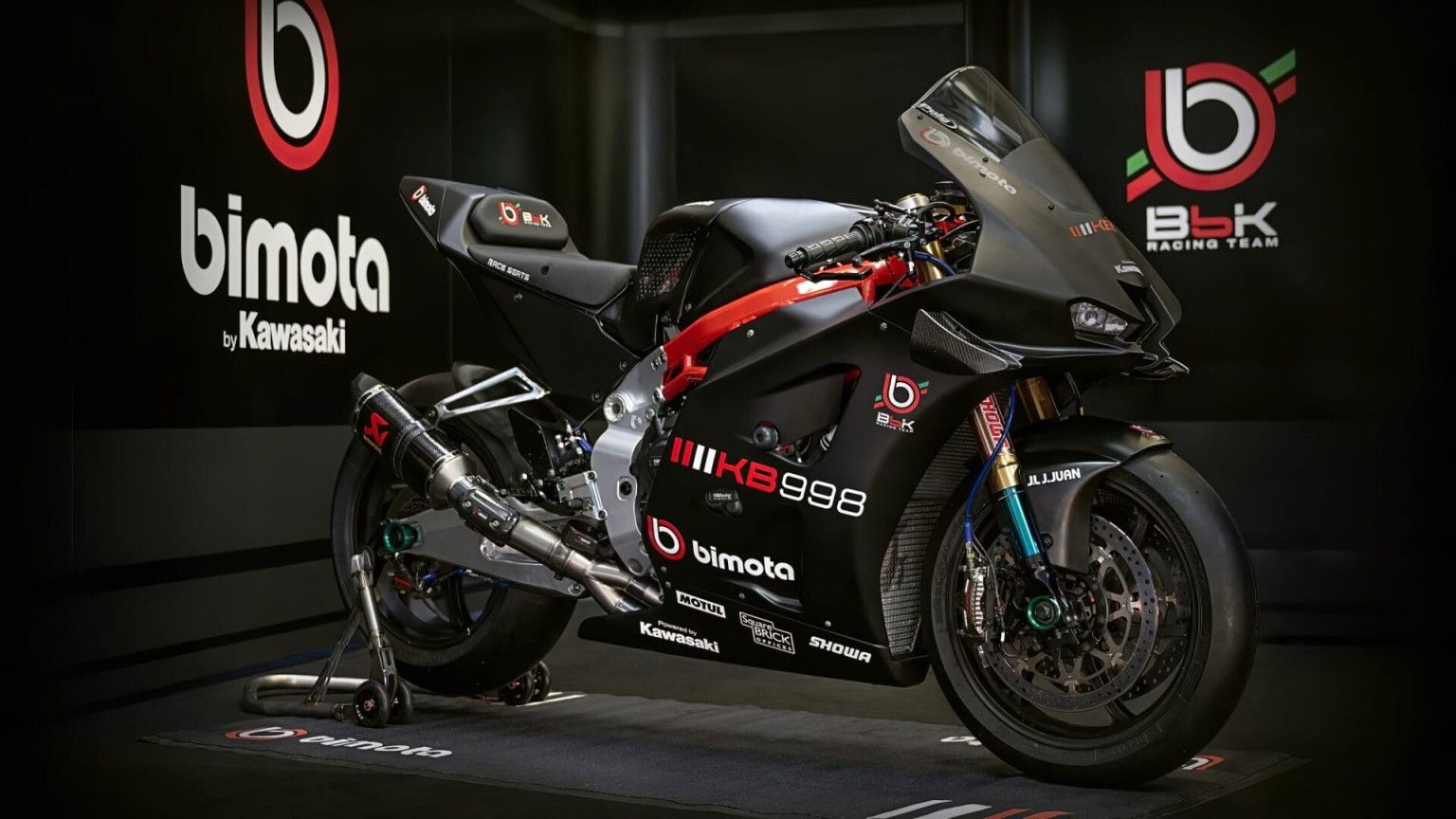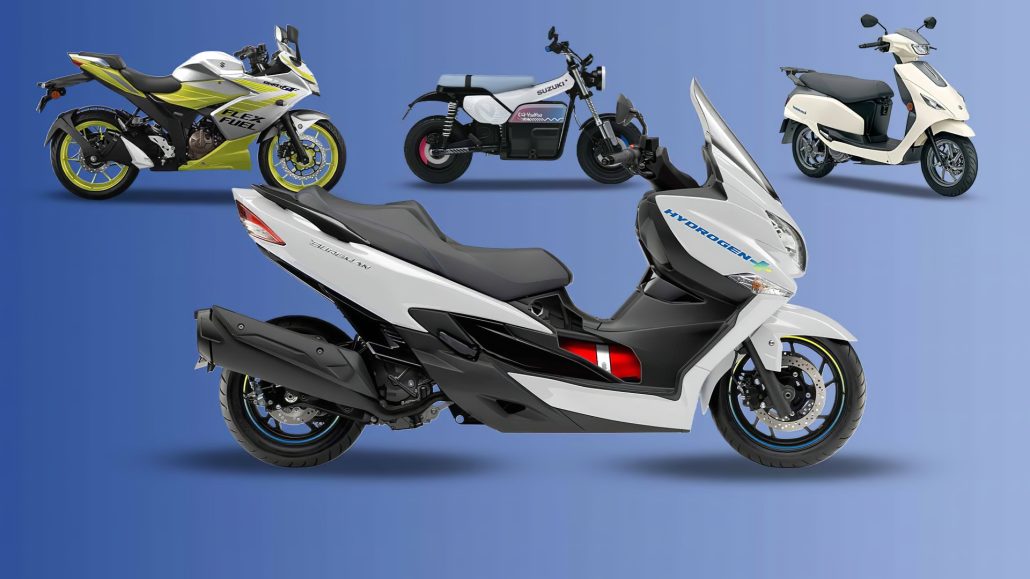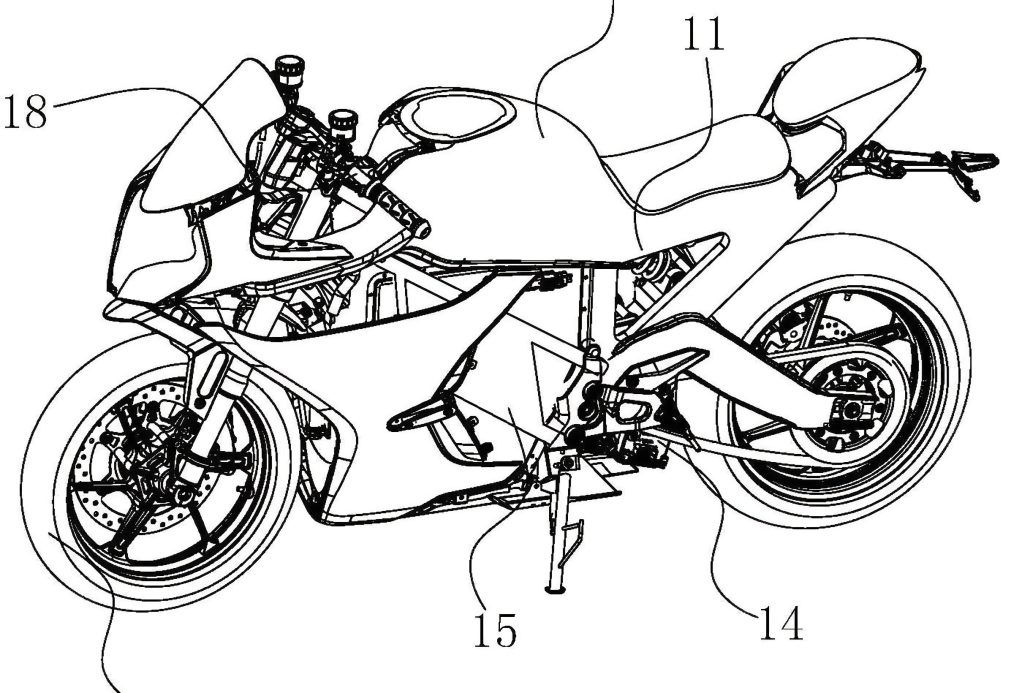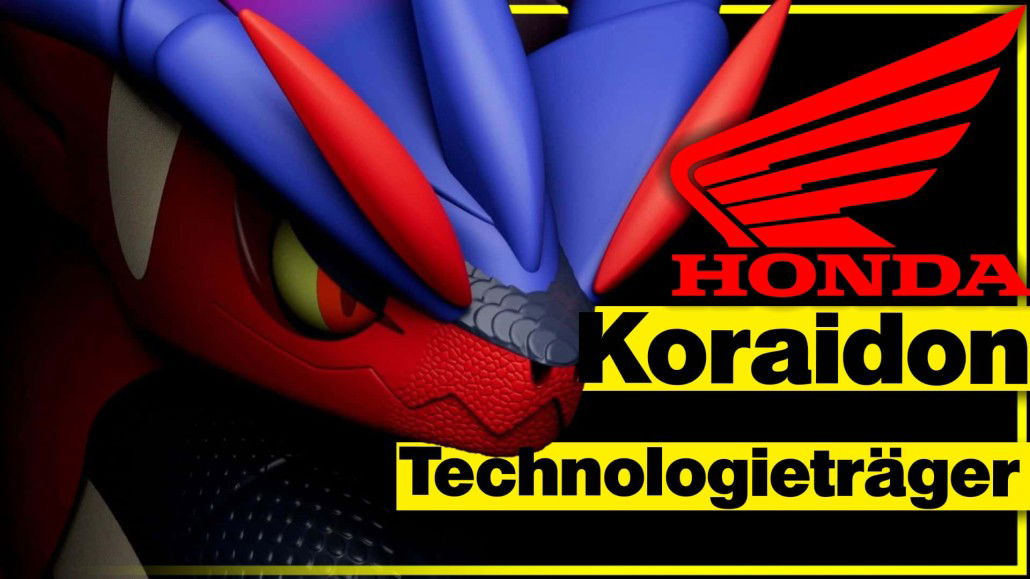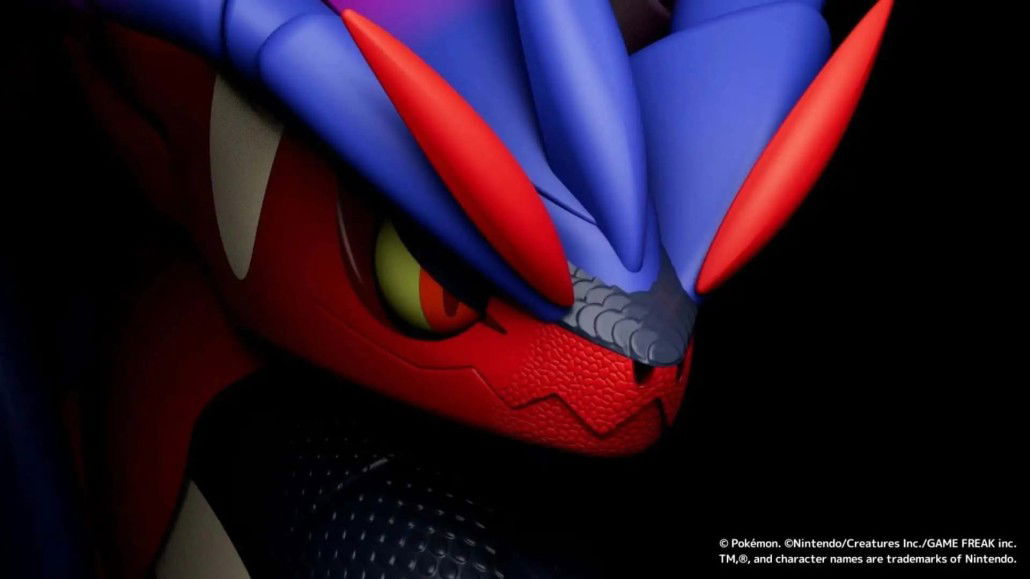Adaptive winglets: Automatically controlled, not manually adjustable
According to a brief description and initial images, the small carbon fiber winglets at the front of the KB998 Rimini are mounted on a horizontal shaft. The outer parts of these wings each consist of two elements that can be adjusted in their angle of attack. Pierluigi Marconi, Chief Operating Officer of Bimota, explained at EICMA 2024:
“The wings are electronically adjustable; the rider cannot make any changes, everything works automatically. They react when braking, cornering and at high speeds.”
Whether the wings also work independently of each other to generate asymmetric downforce when cornering remains a mystery. Bimota has so far kept details of the exact mechanism under wraps.
Competitiveness and use in racing
The adaptive aero system has not yet been officially tested during the winter tests in the World Superbike (WSB), but the performance of the new model is already attracting attention. The KB998 Rimini will replace the previous Kawasaki ZX-10RR factory machines for the 2025 season. The proven engine and the successful factory team will remain, but Bimota is opting for a more race-oriented chassis.
In contrast to MotoGP, where movable aerodynamic elements are prohibited in all three classes, the WSB regulations allow such systems as long as they are also installed in the road-legal version of the homologated motorcycles. The technical regulations of the FIM stipulate that
“Only the standard homologated mechanism may be used for active or dynamic aerodynamic components. The range of movement must correspond to that of the road-approved machine in normal operation – not the maximum possible mechanical play.”
This means that as long as the road version of the KB998 Rimini has adaptive winglets, the racing model can also use this system. If the potential of the movable aerodynamics is to be fully exploited in racing, the road machine must offer the same functionality.
Conclusion
The Bimota KB998 Rimini could be the first production superbike to be launched on the market with fully automated aero technology. If the concept proves itself in racing, other manufacturers could soon follow suit. The use of such adaptive systems on the road would not only be a technical highlight, but could also offer practical advantages – for example in terms of stability in extreme riding situations. It remains to be seen whether this technology will prevail in the long term, but the KB998 Rimini certainly makes a technical statement.
Technical details:
- Engine: Based on the power unit of the Kawasaki ZX-10RR
- Power: Not yet officially confirmed
- Aerodynamics: Adaptive, electronically controlled winglets
- Compliance: Complies with the current FIM regulations for WSB
[amazon bestseller=”Motorrad Winglets” items=”1″]



